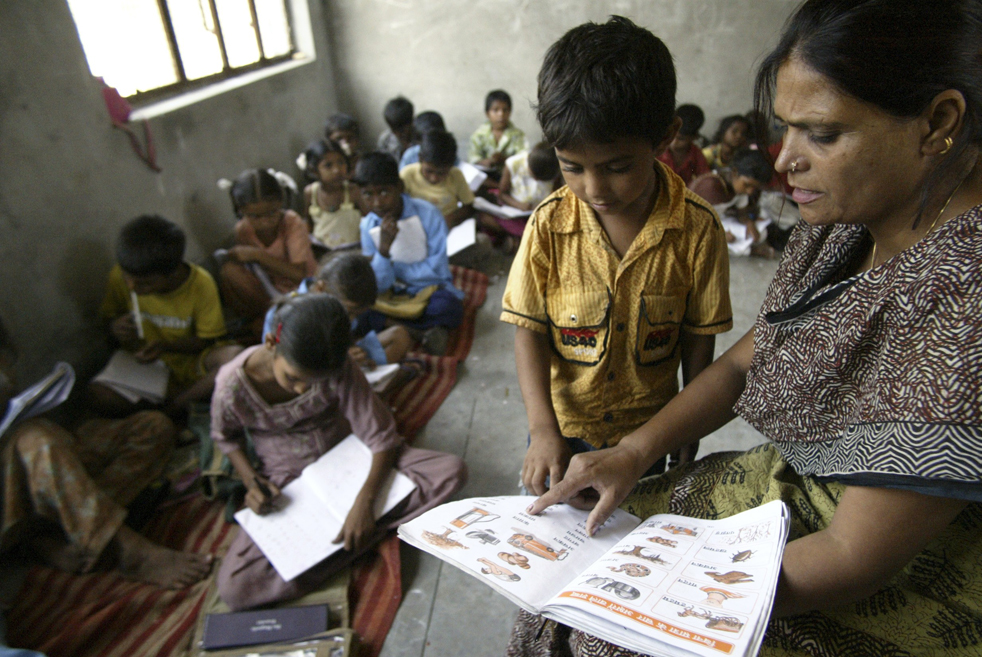Bright Future for Minority Education in India

Overview
In 2009, India passed the Right to Education Act, which indicates that kids between the ages of 6 to 14 will attend school and be given the supplies needed to attend. However, the question arises as to what is the best strategy is to engage the minorities that are incapable of getting a strong education. The passage of this act in 2009 may have created more freedom, and provided more governmental funding for schools, but it doesn’t address the issues of people within minority populations. In fact, during the passage of this bill, the Indian Congress had designated that the RTE doesn’t apply to the minorities within the country, including Muslims, women, and students that don’t speak the major languages of India. The bills inability to account for what is now considered to be 42.7% of the population seems to challenge the stability for the future of Indian minorities, and their role in the developing country. UNICEF has the following statistics on India’s education system as well as the basic economic life:
- Public spending as a % of the GDP (2007-2011) allocated to: Education: 3.3
- Youth (15-24) literacy rate( %) 2008-2012*; male 88.4
- Youth (15-24) literacy rate( %) 2008-2012*; female 74.4
- Primary school participation, Survival rate to last primary grade (%), 2008-2012*, ALL
Most of these statistics blind us from the truth that truly haunts the Indian population; UNICEF published more statistics under the same part of their education page. The following statistics truly undermine the legitimacy of the RTE to successfully provide education for all people, which already exclude minorities.
- Secondary school participation, Net Attendance ratio (%), 2008-2012*male, 58.5
- Secondary school participation, Net Attendance ratio (%), 2008-2012*female, 48.7
- Population below international poverty line US$1.25 per day(%) 2007-2011; 32.7
These statistics demonstrate that some Indian students may begin school, but are not likely to finish, which is demonstrated by the increase in literary rates in primary schools in comparison to secondary schools. However, literacy rate doesn’t determine how many people are ready for the work force, which directly influences the poverty within India. Only a strong secondary education can provide India with the tools to accelerate into a flourishing country.
Possible Solutions
Over the last few years multiple people have attempted to create opportunities for minorities. One of the most commonly used strategies is the integrated school, that allows for people of the “majority” to attend minority schools, in an attempt to push legislation that would benefit minority schools as well. At first when this was first conceived of, many people were extremely cautious, because they were afraid the RTE would then resort to penalizing the school.This is because it would force the RTE to implement a 25% tax on the school to make sure that the “majority” kids pass through school. This would further harm the minority populations. Another, more viable, solution was proposed by the Heart for India. They have already began funding for educational facilities that can help provide education for those that are incapable of getting their own or are being discriminated against by the RTE. This seems to be the most realistic of solutions, because Heart for India has already demonstrated their dedication by building orphanages in India. Allowing for the further education of minorities would truly allow for a brighter future and brighter India.
Non-profits:
4. Project WHY
Image Attribute: [The Sacramento Bee]




